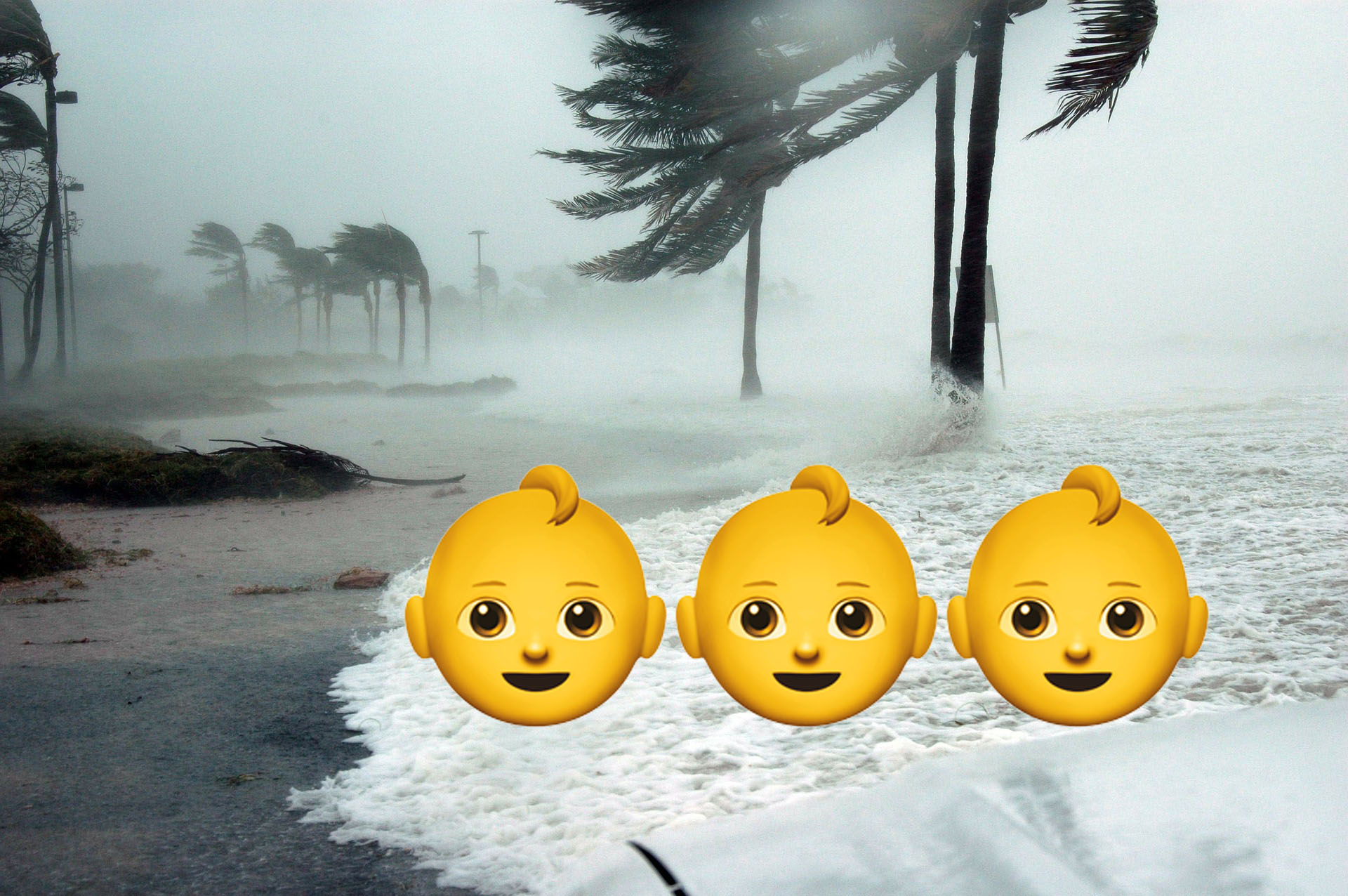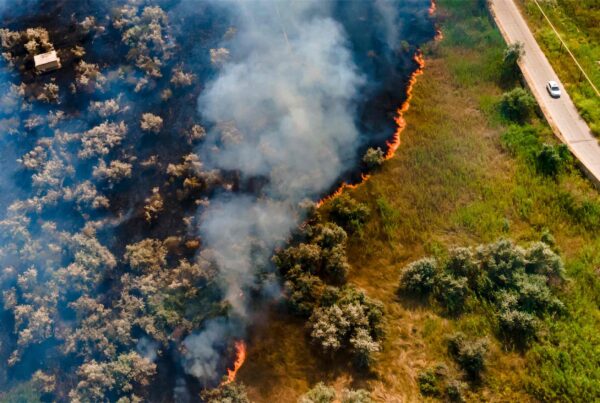How do you pass the time during a cyclone, when there’s often no power, limited food supplies and not a lot to keep yourself occupied?
According to news reports this week, residents bunkering down for Cyclone Debbie entertained themselves the old fashioned way. Proserpine Hospital in the Australian Whitsundays welcomed the arrival of 17 babies over the Christmas period, 9 months since the category five storm ripped through North Queensland.
And it’s not just Queenslanders getting down to business during disasters.
Nine months after a major blackout in the United States in 1965, hospitals reported record high birth numbers. 30 million residents of the north east of the country lost electricity supply for 13 hours. They may not have lights but at least they had each other.
The Oklahoma City bombing of 1995 had a similar effect. Nine months after the attack, hospitals in the area surrounding Oklahoma City reported an increase in the number of births.
Does disaster lead to increased baby-making, or is this fake news?
Researchers compared fertility data with storm warnings along the Atlantic and Gulf Coasts in the United States. Storm warnings at the lower end of the scale correlated with an in increase in birth rates nine months after the disaster. However, as storm warnings became more severe the effect was reduced – until the storm warnings became very severe and there was a negative effect on the fertility rate. For example a thunderstorm warning may lead to an increased birth rate while a cyclone is more likely to decrease the birth rate.
The paper also found that couples with at least one child were more likely to feel the fertility effect of storm warnings compared to those without children. So if you’re heading into storm season with your first or second child, you could soon be expecting your third.
The exact reason for why effect occurs is unclear but there are a few theories. During a minor storm event people might be stuck at home with more time to tango. During severe storms, people are likely to allocate their time to preparation activities and protecting their property. It could also be possible that during low-level storms people may not have access to contraceptives, however during major storm events they have likely stocked up on supplies in preparation. A third theory suggests that the cost of raising a child may be a greater consideration for couples facing the costs of repairing damage following a more severe storm event and instead delaying pregnancy until after the disaster.
Disasters involve far more than fixing damaged properties and reopening roads. For some they are an opportunity to eat dinner by candlelight and wait for the power to be restored. For others they are the start of a new life.







